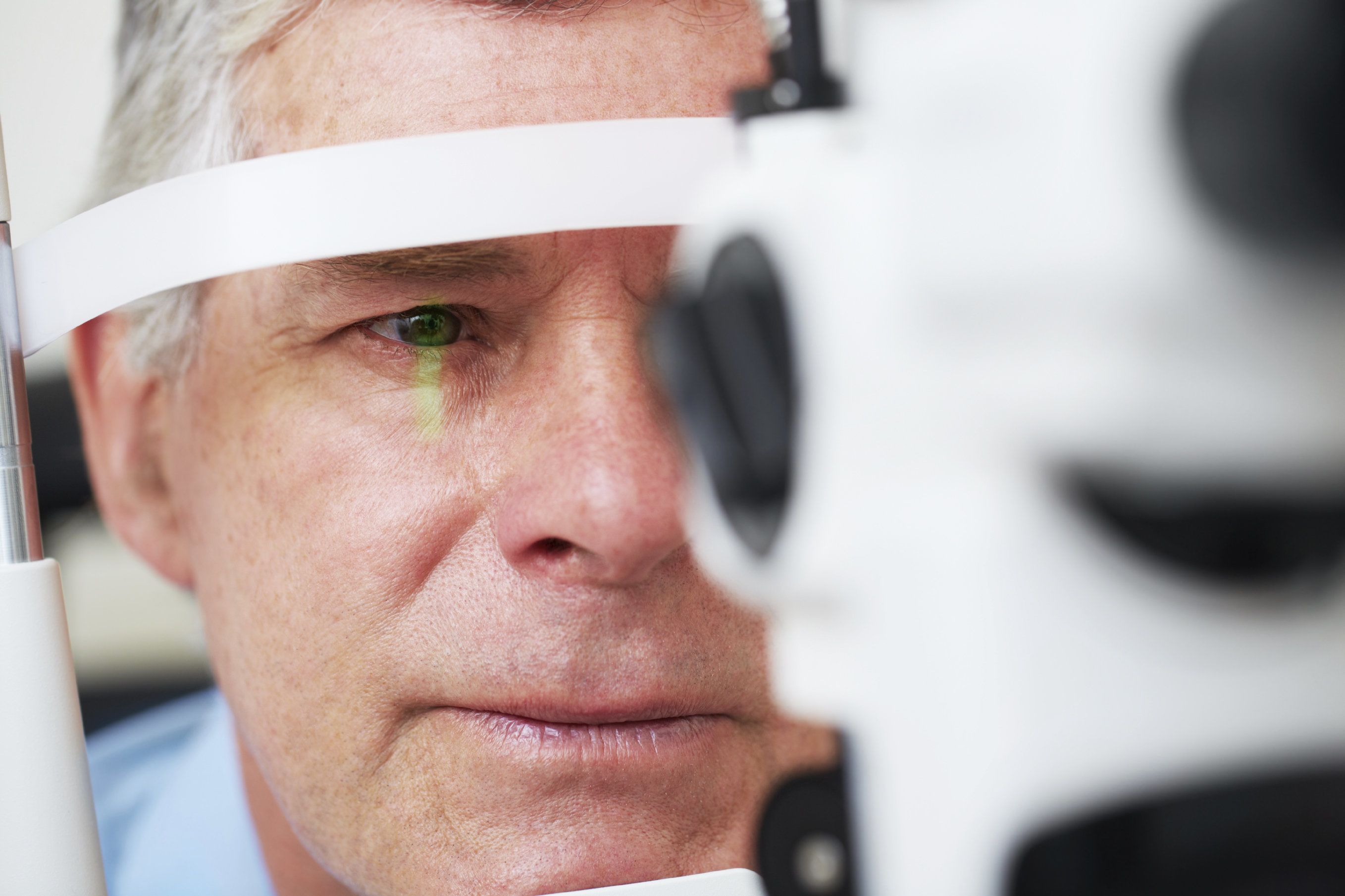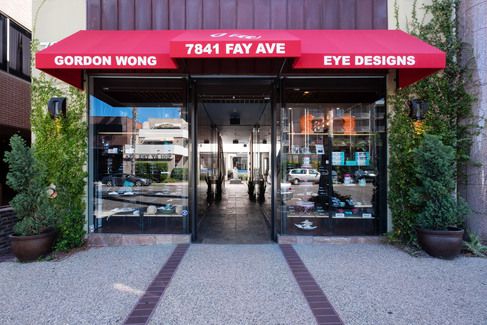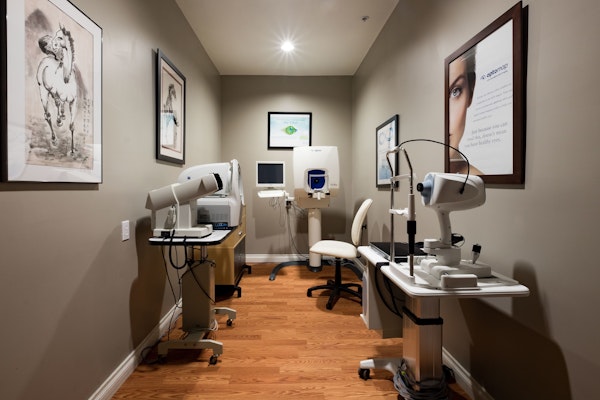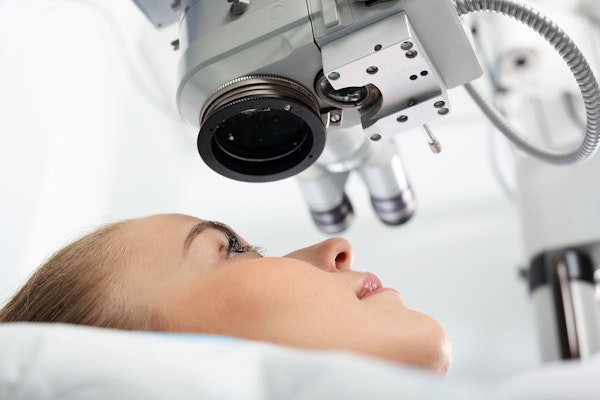Aspects of Cataract Surgery: Lens Removal and Replacement
 We believe that the people of San Diego deserve to see the world clearly no matter what. That's why we are pleased to offer eye care services that restore vision and enhance overall wellness and a sense of well being.
We believe that the people of San Diego deserve to see the world clearly no matter what. That's why we are pleased to offer eye care services that restore vision and enhance overall wellness and a sense of well being.
One such eye care service that enhances vision as well as overall well being is advanced cataract surgery. By removing the clouded lens of the eye, vision is improved and patients can focus on what matters. Let's consider some basics about the cataract surgery process.
When Is Cataract Surgery Necessary?
Cataract surgery is necessary when the clouding over the lenses of the eyes is so serious that it negatively impacts vision. In many cases in which the cataracts are minor or not particularly severe, the vision problems are manageable and can be addressed with corrective lenses.
During the consultation process, it can be assessed whether or not cataract removal is a good option at that time. The placement of an intraocular lens (IOL) can also be discusses.
What Is an Intraocular Lens (IOL)?
An IOL is an artificial lens that is used to replace the natural lens of the eye. With an IOL in place, vision can be restored. For some patients, the use of an IOL will eliminate the need for corrective lenses after the cataract surgery.
During the consultation process, we can go over the IOL options available and which ones might be the best ones for you.
The Cataract Removal Procedure
Before the surgery is performed, a patient is given local anesthetic to help prevent pain and discomfort. Sedation may also be an option for some patients to eliminate anxiety.
An eye surgeon will carefully make an incision along the cornea. Through this incision, the clouded lens is broken into multiple pieces thanks to the use of a special instrument. The lens is then removed, with the surgeon carefully attempting to leave the lens capsule intact.
Placing the IOL
An IOL is roughly the same size as a normal lens of the eye. To avoid making a larger incision, the IOL is folded and inserted into the lens capsule using the initial cataract surgery incision. The Lens unfolds and is carefully positioned. When in place, a small dissolving suture is used to close the cornea incision.
Recovering from Cataract Surgery
After cataract surgery, patients can expect some discomfort of the eyes, as well as dry eye and itchiness. Avoiding touching your eyes until your surgeon advises otherwise. In addition, it's important that you use eye drops as directed. Sunglasses should be worn when outdoors in order to avoid serious issues with glare and light sensitivity. Attend all follow-up visits with you eye surgeon as scheduled.
The Results of Cataract Surgery
After undergoing cataract surgery, patients can expect improved vision. Depending on the type of IOL that is placed, patients may be able to see clearly without the aid of corrective lenses. The results of the procedure are quite satisfactory for many patients.
Learn More About Cataracts and Cataract Surgery
For more information about cataracts, cataract surgery, and your many options for improving and restoring your vision, be sure to contact our team of eye care specialists today. We look forward to your visit and helping you see clearly again.







